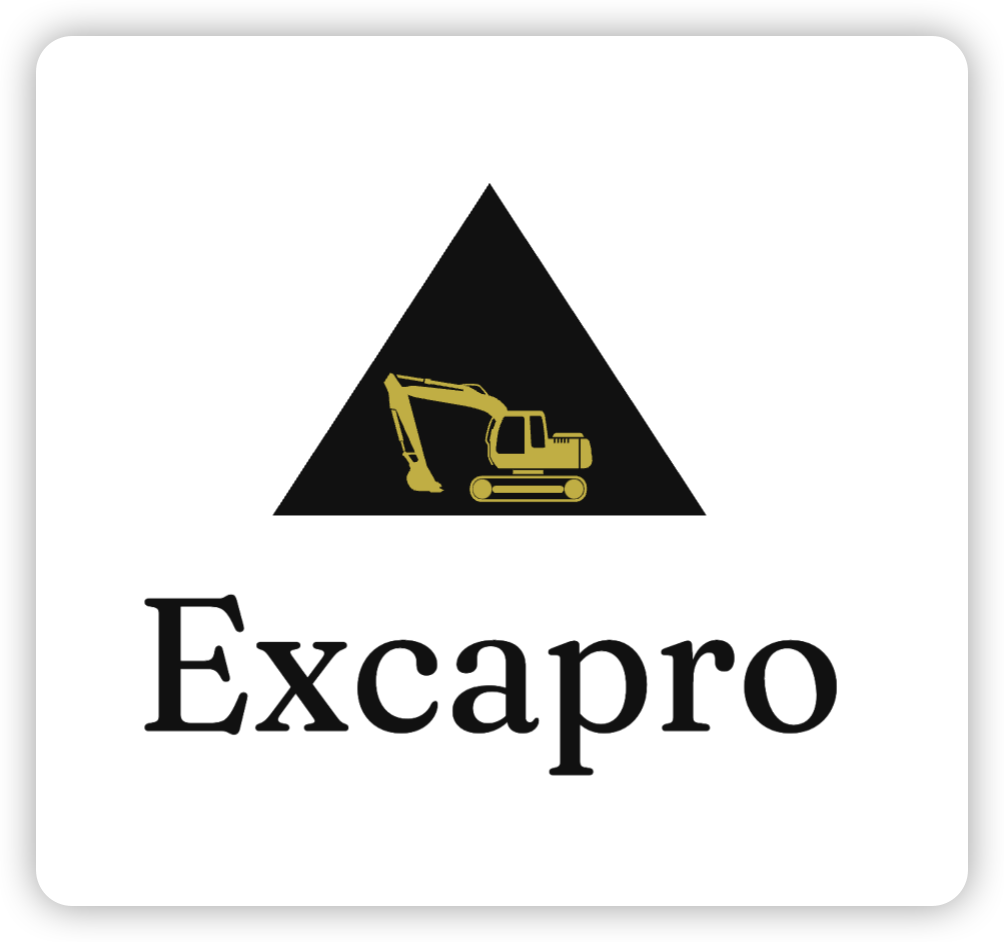The Importance of Control Labels in Excavator Operations
In the construction industry, excavators are indispensable for a wide range of tasks, from digging foundations to handling heavy materials. One often overlooked yet critical aspect of operating these machines safely and efficiently is the proper design and placement of control labels. These labels serve as vital communication tools, ensuring that operators can quickly and accurately understand the functions of various controls.
What Are Excavator Control Labels?
Control labels are visual guides, usually affixed to the operator’s cabin or on the control panels of the excavator. They display symbols, diagrams, or text that explain the function of a control lever, button, or switch. These labels are designed to be intuitive and easy to understand, minimizing the chances of operator error.
For instance, a typical control label might indicate which lever controls the boom, arm, or bucket, or how to switch between operational modes like digging and lifting. Modern excavators may also feature labels that correspond to electronic controls, such as GPS systems or automated digging functions.
Why Are Control Labels Important?
1. Safety
One of the primary purposes of control labels is to ensure the safety of the operator and those working nearby. Clear labeling helps prevent accidental activations of potentially dangerous functions, such as releasing the bucket unexpectedly or moving the arm in the wrong direction. Misunderstanding controls can lead to accidents, property damage, or even fatalities.
2.Efficiency
Control labels enhance operational efficiency by allowing operators to quickly familiarize themselves with the excavator’s controls. In construction projects, time is often a critical factor, and any delay caused by confusion or improper control use can result in financial losses.
3.User-Friendly Design
Not all excavator operators have the same level of experience. For novice users or those transitioning between different machine models, clear control labels reduce the learning curve and ensure smooth operation.
4.Compliance with Regulations
Many countries and regions have strict safety standards for construction equipment. Proper control labeling is often a legal requirement to meet these standards. Manufacturers who neglect this aspect may face penalties or product recalls.
Key Elements of Effective Control Labels
Designing effective control labels involves several considerations:
1.Clarity
Labels should use universally recognized symbols or terms, ensuring that operators from different backgrounds can understand them. Avoid overly technical jargon or ambiguous icons.
2.Durability
Excavators operate in harsh environments, including extreme temperatures, heavy rain, and dust. Control labels should be made from materials that resist fading, peeling, or damage over time.
3.Placement
Labels should be strategically positioned near the controls they describe. Misplaced or hard-to-see labels can confuse operators and defeat their purpose.
4.Language and Localization
In international markets, labels may need to be translated into multiple languages or feature icons that transcend language barriers. For example, ISO-standard symbols are widely used for this reason.
5.Illumination and Visibility
In low-light conditions, labels should remain visible. This can be achieved through reflective materials or backlit designs.
Types of Excavator Control Labels
Control labels can vary depending on the model and manufacturer. Common types include:
1.Hydraulic System Labels
These indicate which controls operate the boom, arm, or bucket. They are often color-coded for additional clarity.
2.Operational Mode Labels
Many modern excavators come with multiple operational modes. Labels for switching between modes, such as eco mode, heavy-duty mode, or digging mode, are crucial.
3.Safety Labels
These warn operators of potential hazards, such as proximity to electrical lines or steep inclines. They may include emergency stop labels and safety procedure instructions.
4.Maintenance Labels
Labels providing instructions for daily checks, such as hydraulic fluid levels or engine oil, are typically found near service panels.
Challenges in Designing Control Labels
While control labels are essential, designing them comes with its own set of challenges:
1.Standardization
Different manufacturers may use varying symbols or terms for the same function, leading to confusion among operators who switch between brands.
2.Space Constraints
Excavator cabins are compact, and finding space for clear and readable labels can be difficult.
3.Technological Advancements
As excavators become more advanced, incorporating features like touchscreens and AI, traditional labeling methods may need to evolve to match the complexity of these systems.
4.Cultural Differences
Symbols or terms that are intuitive in one culture may not be understood in another. For instance, a symbol for “stop” might vary between countries.
Get Quick Quote
Upgrade your Projects With our Modern Equipment.
A Newsletter Subscription Services is Available From us
Lorem ipsum dolor sit amet consectetur adipiscing elit ut elit tellus luctus nec ullamcorper mattis.
adipiscing elit ut elit tellus luctus nec ullamcorper mattis.
- Privacy Policy
- Terms & Service
